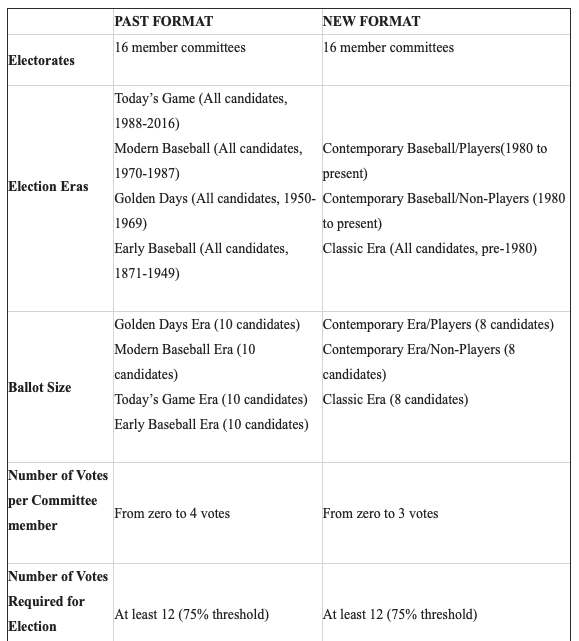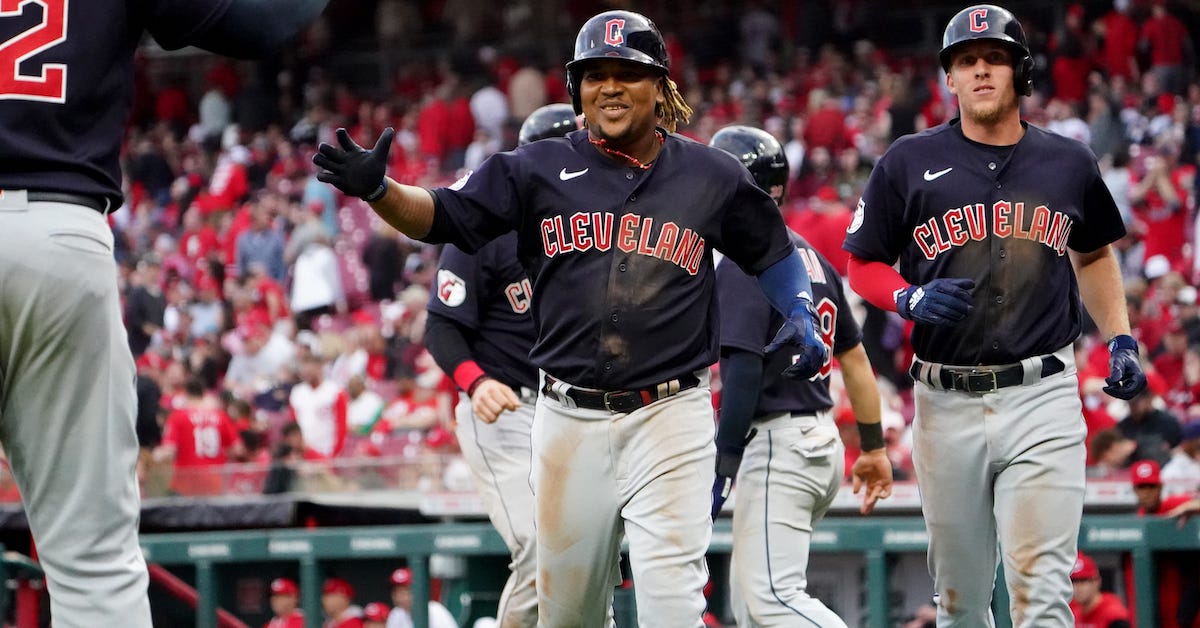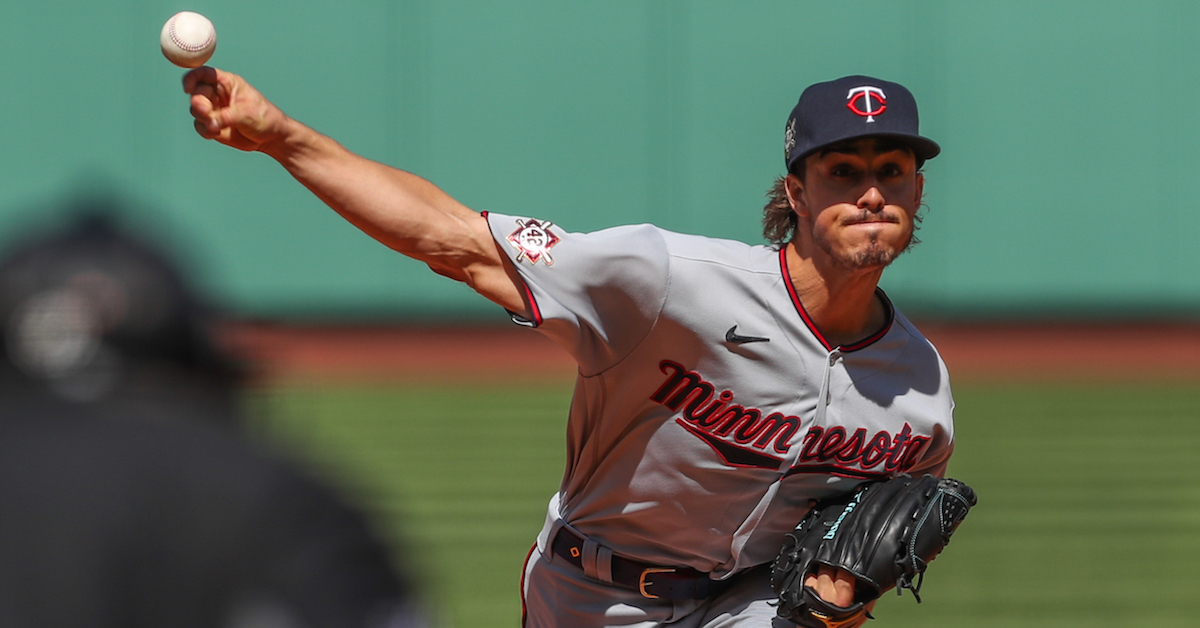Effectively Wild Episode 1840: How Can You Not Be Pedantic About Baseball?

Ben Lindbergh and Meg Rowley banter about the reaction to and tactical underpinnings of the Yankees’ controversial decision to walk Miguel Cabrera, the balance between win expectancy and entertainment, and whether analytically-driven changes have hurt baseball as a spectator experience more so than other sports, then (15:19) meet major leaguers Simón Muzziotti of the Phillies and Gosuke Katoh of the Blue Jays, Stat Blast (30:31) about whether increased time between pitches or rising pitch counts has contributed more to longer game times, and answer listener emails about critiquing umpires’ grammar, tool grades for big leaguers, whether the pitch clock could kill the zombie runner, whether young hitters (such as Julio Rodríguez) have ball/strike calls go against them more often, whether surpassing Joe DiMaggio’s hitting streak could propel a player into the Hall of Fame, why free agents tend to take the most lucrative contract offers, wearing the jersey of a player who’s switched teams, the Marlins rostering every major leaguer named Jesús, team games with no outfield outs, and the most unassisted putouts by a player in a game.
Audio intro: Snowgoose, “Counting Time”
Audio outro: The Glands, “Welcome to New Jersey”
Link to MLB.com article about IBB
Link to Ben Clemens on the Cabrera IBB
Link to Joe Posnanski on the Cabrera IBB
Link to article about Muzziotti’s lost 2021
Link to article about Muzziotti’s promotion
Link to article about Katoh’s promotion
Link to spring training article about Katoh
Link to Katoh’s Kawasaki tweet
Link to Kawasaki’s interview
Link to Katoh’s Players’ Tribune article
Link to Chris Mitchell on Katoh in 2014
Link to first KATOH article
Link to Chris’s tweet about Katoh
Link to Axios post about game time
Link to Céspedes Family BBQ game-time tweet
Link to Stat Blast data
Link to Stathead
Link to Travis Sawchik on foul balls
Link to Travis on fouls again
Link to Ben on pitches per PA
Link to Justin Choi on Rodríguez’s zone
Link to study on veteran bias for hitters
Link to study on veteran bias for pitchers
Link to Jeff Sullivan on veteran bias
Link to study on MLB status bias
Link to article about all-star strike-zone bias
Link to “Jersey Assurance” policy
Link to PCU scene about band shirts
Link to list of team games with no OF outs
Link to Jeremy Frank tweet about no OF outs
Link to Rob Mains on pitcher usage and payrolls
Link to article about Sasaki’s next start
Link to listener email database
![]() Sponsor Us on Patreon
Sponsor Us on Patreon
![]() Subscribe to Stathead (Code: WILD20)
Subscribe to Stathead (Code: WILD20)
![]() Facebook Group
Facebook Group
![]() Effectively Wild Wiki
Effectively Wild Wiki
![]() Twitter Account
Twitter Account
![]() iTunes Feed (Please rate and review us!)
iTunes Feed (Please rate and review us!)
![]() Get Our Merch!
Get Our Merch!
![]() Email Us: podcast@fangraphs.com
Email Us: podcast@fangraphs.com
Podcast (effectively-wild): Play in new window | Download
Subscribe: RSS











